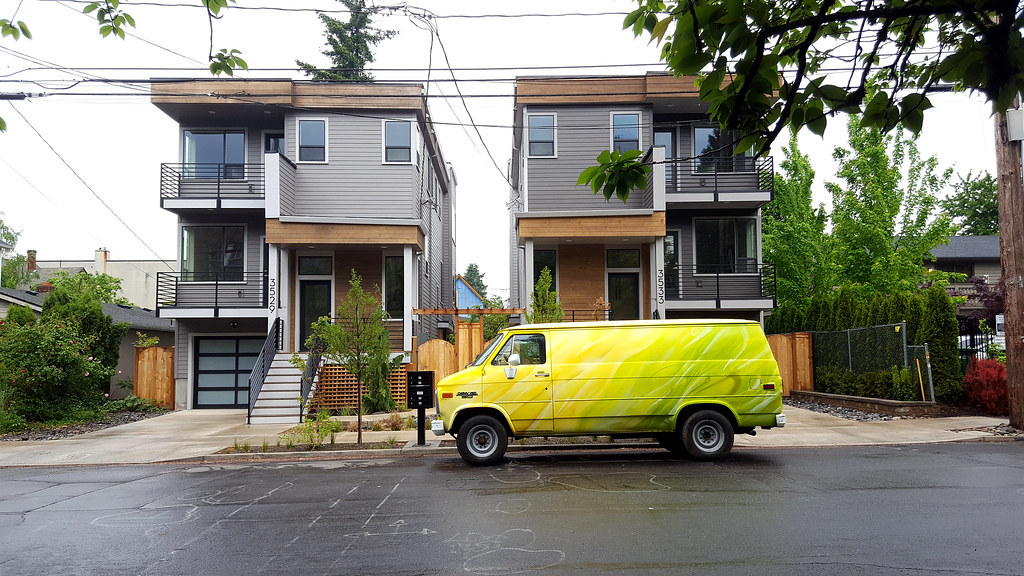Lot Sizes: When the Bare Minimum is Way Too Much

Minimum lot size requirements are a common tool used by cities across the United States to ensure that homes are not built on parcels that are deemed aesthetically “too small” for housing. Available evidence suggests that these requirements also drive up housing costs and increase sprawl, by restricting how much land is available for housing in an urban area.
To test the theory that lot size minimums are a barrier to affordability, researchers Joseph Gyourko and Sean McCulloch designed a natural experiment in which they compared house prices on either side of a border between two cities – houses in one city built under strict minimum lot size requirements, and houses in the other city – but in the same neighborhood – built without strict lot size requirements.
Key Takeaways
- Minimum lot sizes are likely a key land use barrier to housing affordability, density, and climate mitigation (due to their relationship to sprawl)
- Larger minimum lot size requirements reduce residential density by 11 percent, and (in the sample) increased house prices by an average of $29,000 over nearby homes in less-regulated jurisdictions – a price difference explained primarily by larger houses and lots.
- Policymakers looking to enhance affordability while addressing climate pollution should consider reducing or eliminating minimum lot sizes.
Gyourko and McCulloch used data from CoreLogic and the Wharton Residential Land Use Regulatory Index (WRLURI) to construct 635 border pairs between jurisdictions that shared a common border, but had different minimum lot sizes. They then sorted those pairs into three categories:
- The “least strictly regulated” jurisdictions had minimum lot sizes under half an acre
- “Moderately regulated” jurisdictions had minimum lot sizes between 0.5 and 1 acre
- The “most strictly regulated” jurisdictions had minimum lot sizes larger than one acre
They then analyzed homes within 100 meters of each border, on the assumption that these physically proximate homes are essentially in the same neighborhoods and have access to the same amenities. (They adjusted for school quality, which often differs across jurisdictions, by controlling for the third-grade reading score in the school district of the underlying border area.)
The researchers then looked at five measurable outcomes: lot size; house size; house price; structure-to-land intensity, or how much of a parcel was covered by the house; and housing density, measured by single family homes per acre.
The results: Homes in the “most strictly regulated” jurisdictions are larger, sit on much larger lots, and on average cost $29,000 more than nearby homes in neighboring jurisdictions with less-stringent minimum lot sizes. Further, large minimum lot sizes reduce housing density by 0.17 homes per acre, or 109 homes per square mile.
The findings suggest that technical policy fixes to minimum lot sizes could play an important role in efforts to reduce housing costs, prevent costly sprawl, and address the climate pollution caused by lower-density housing development.